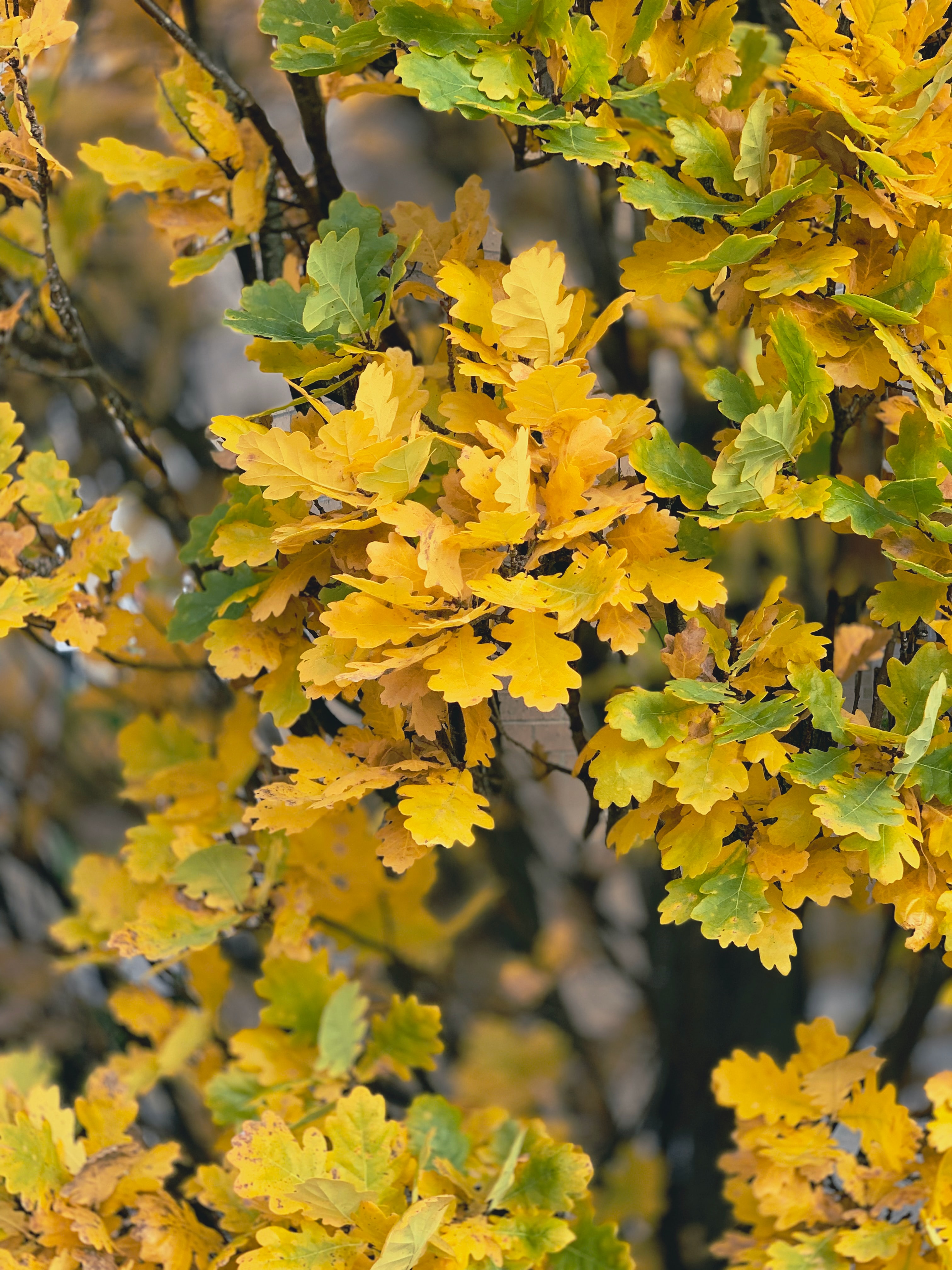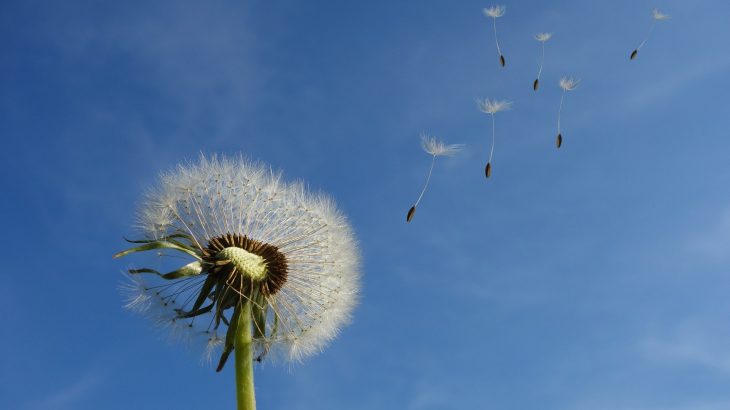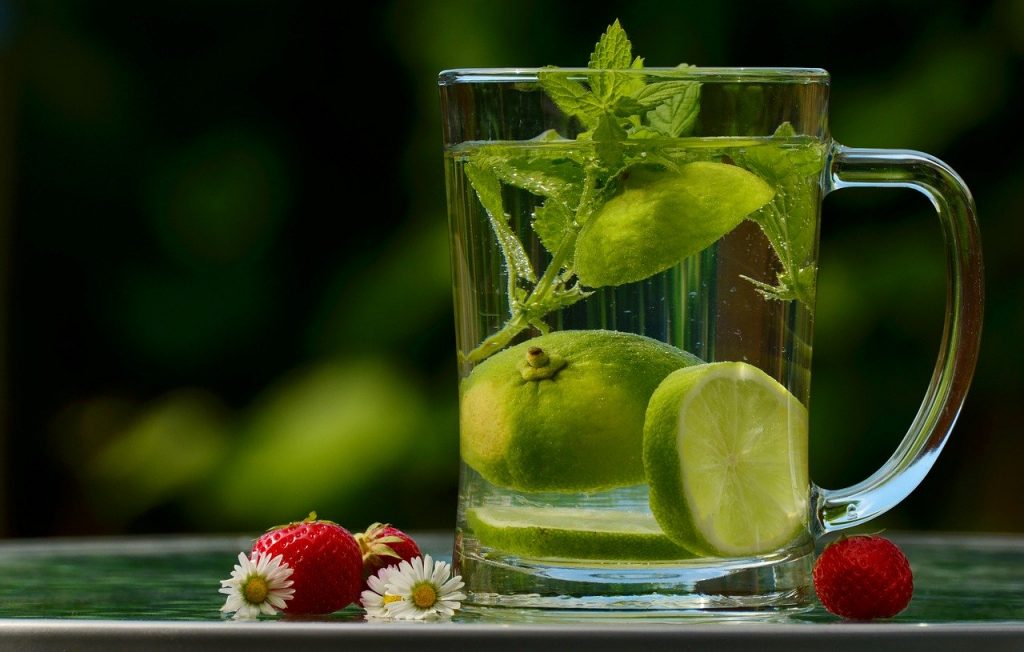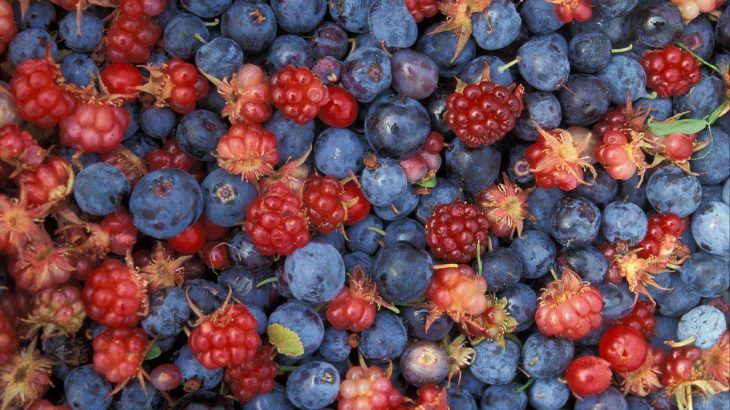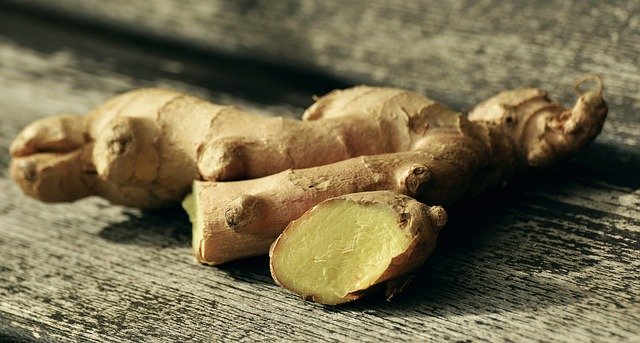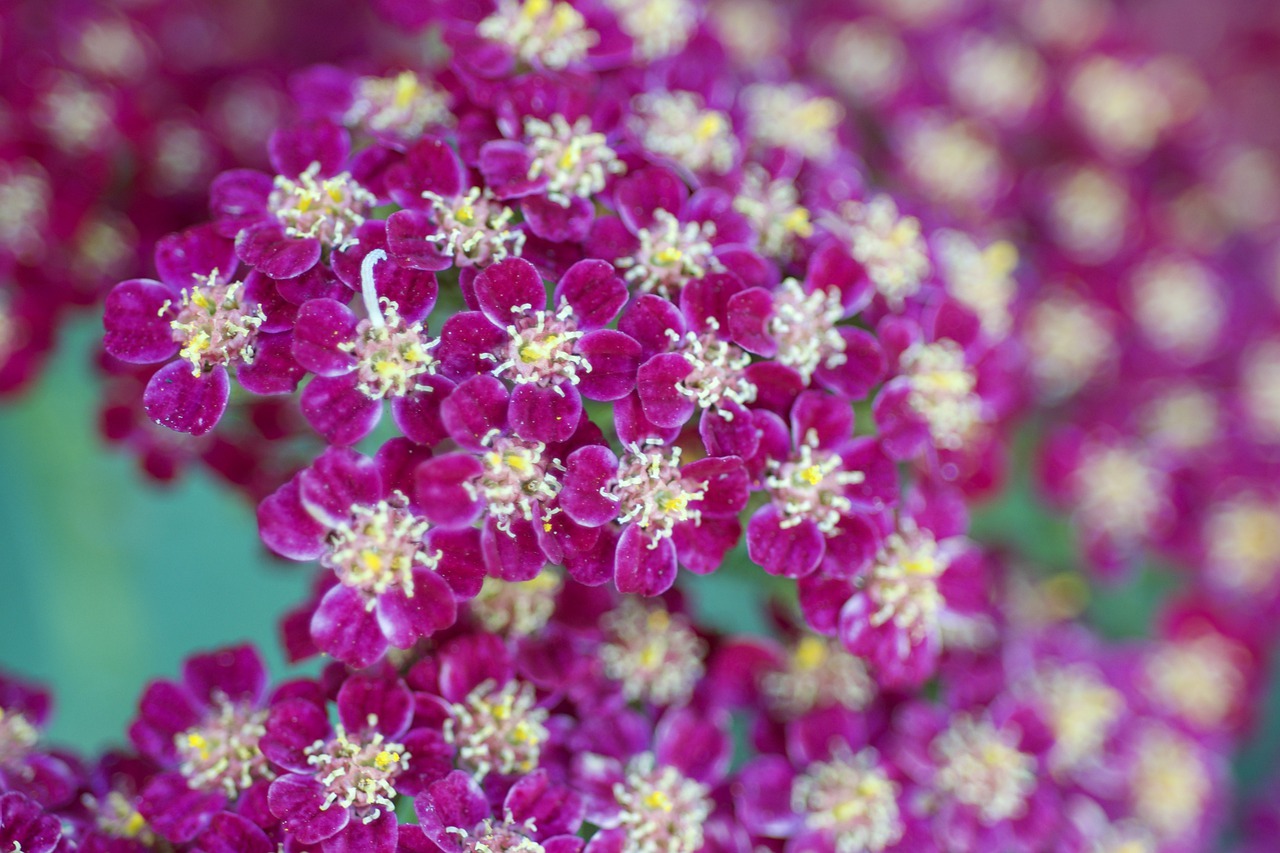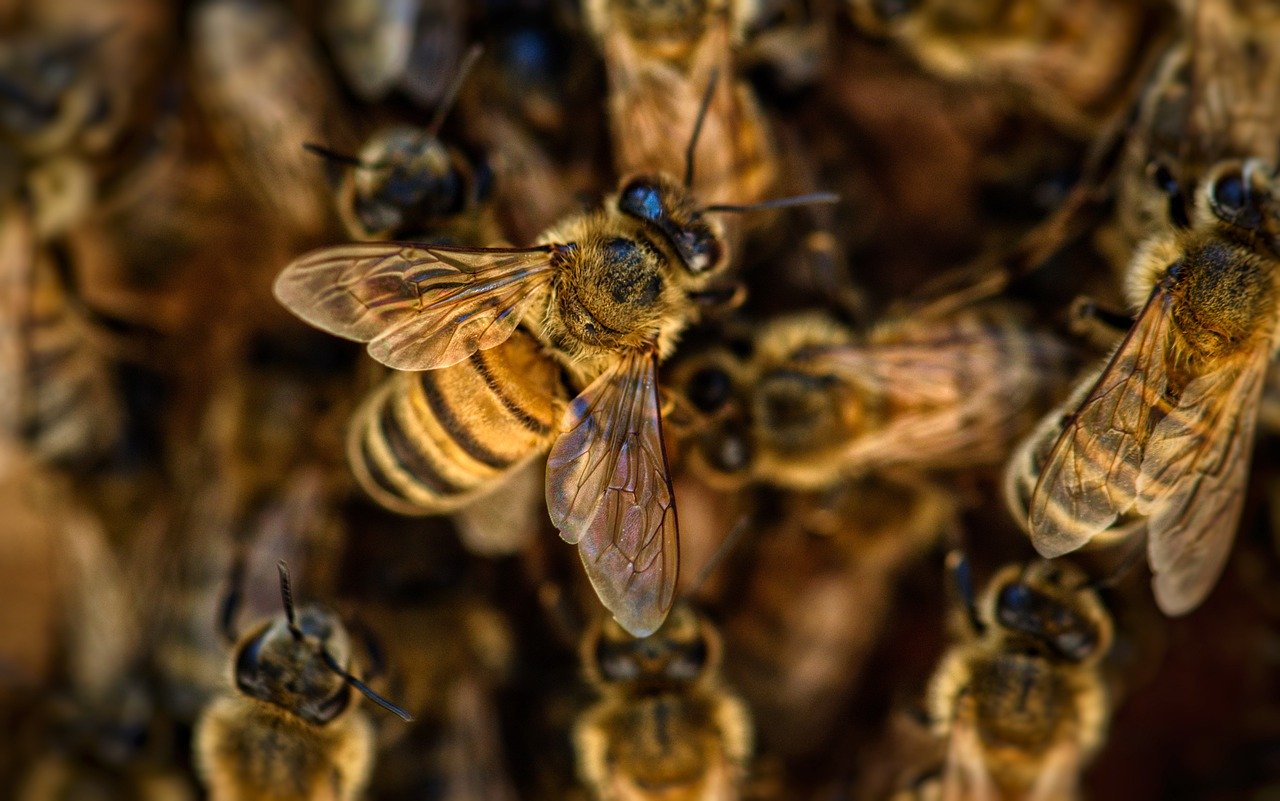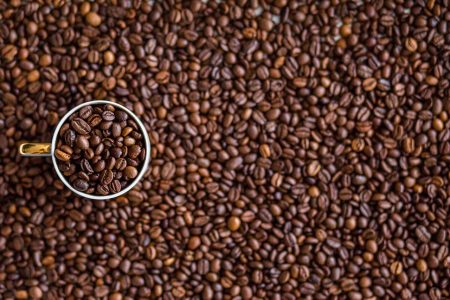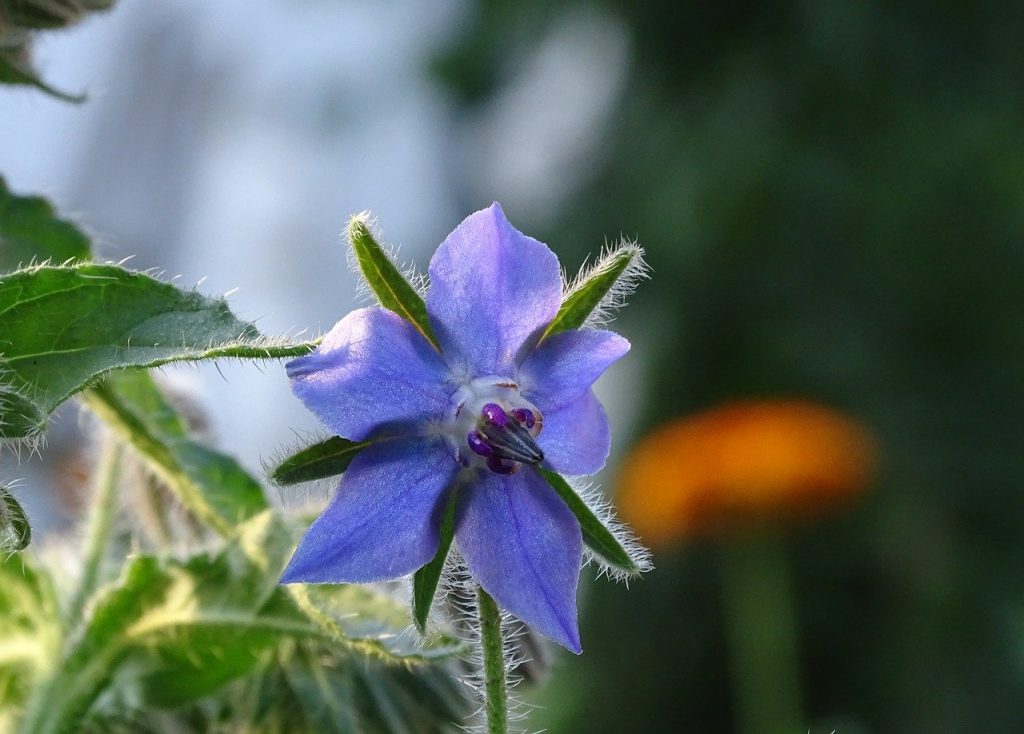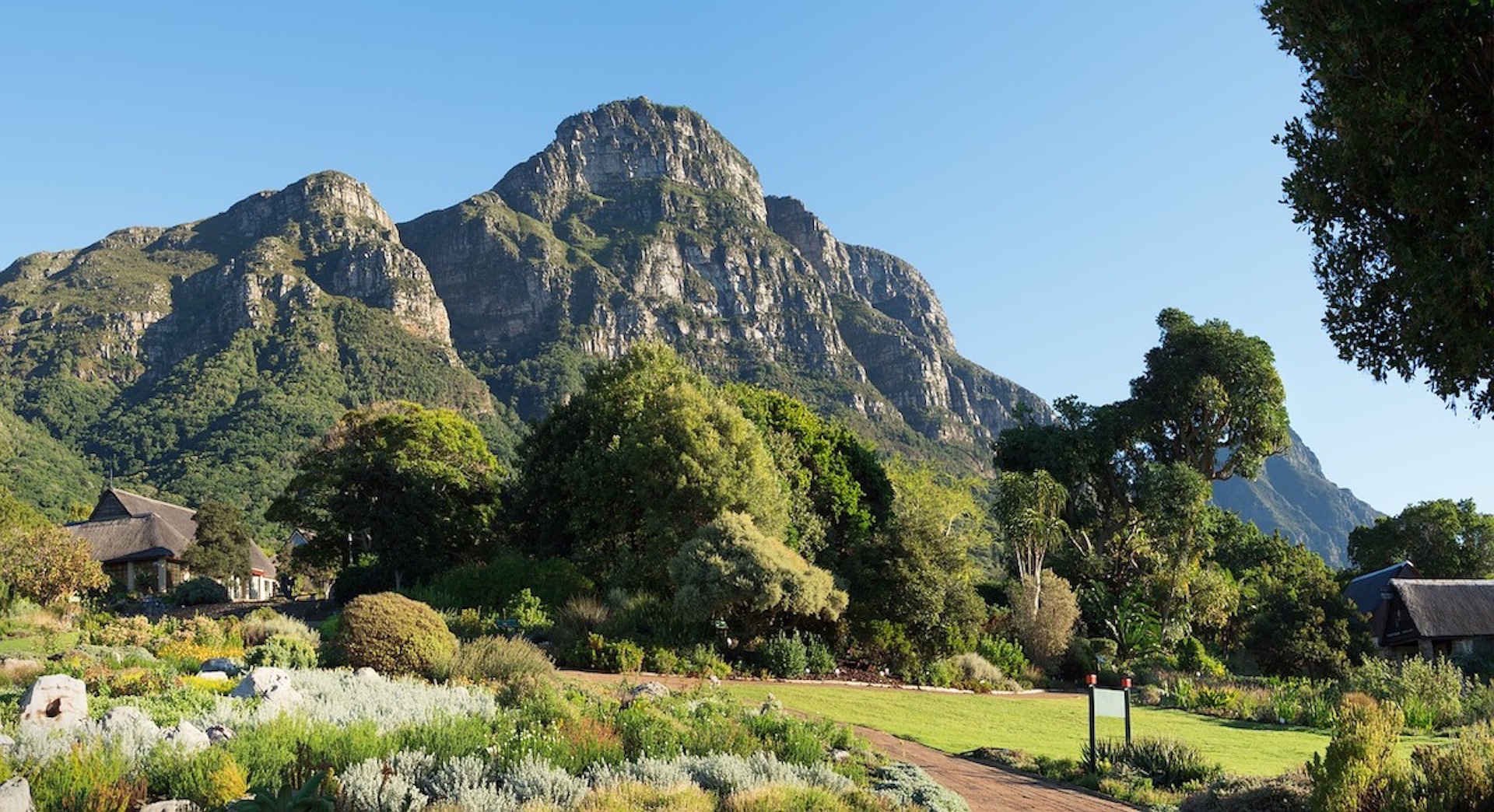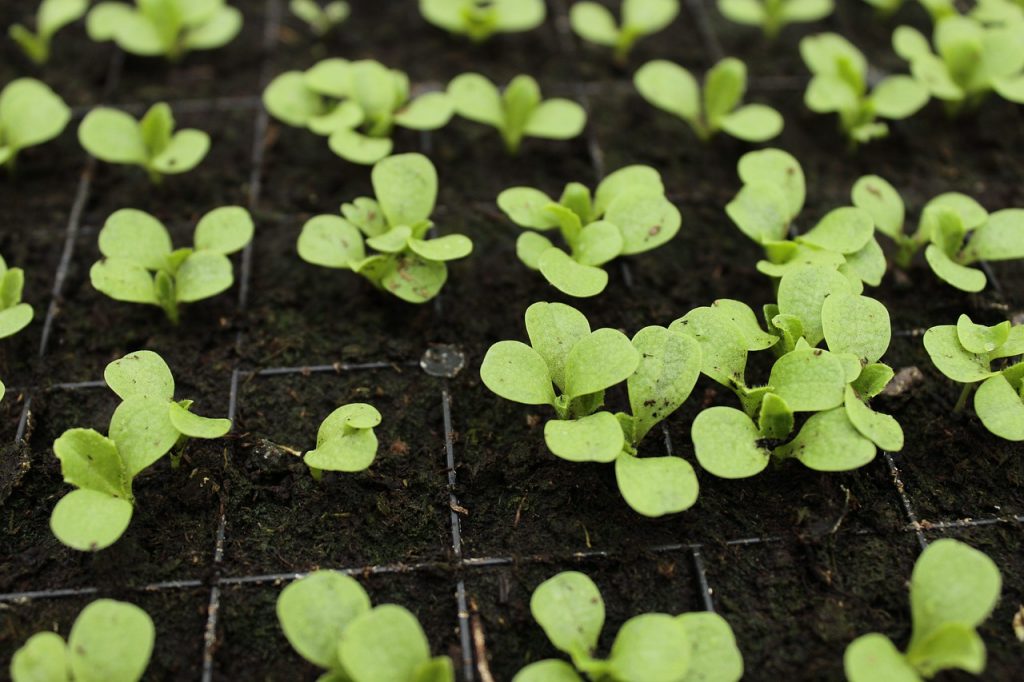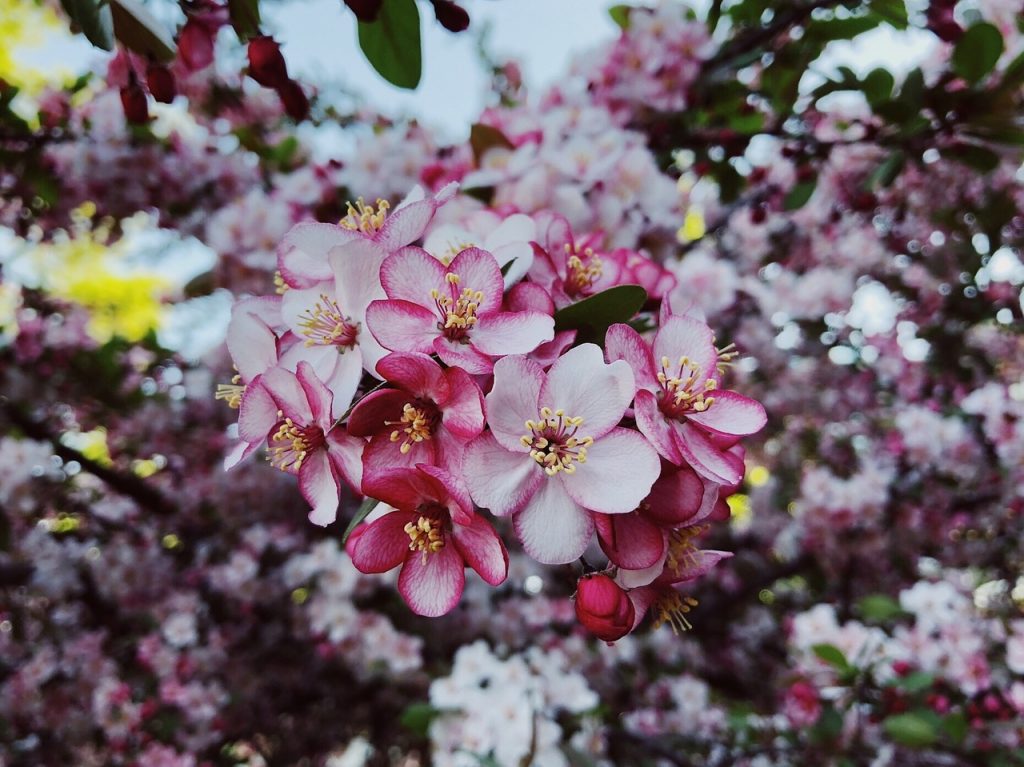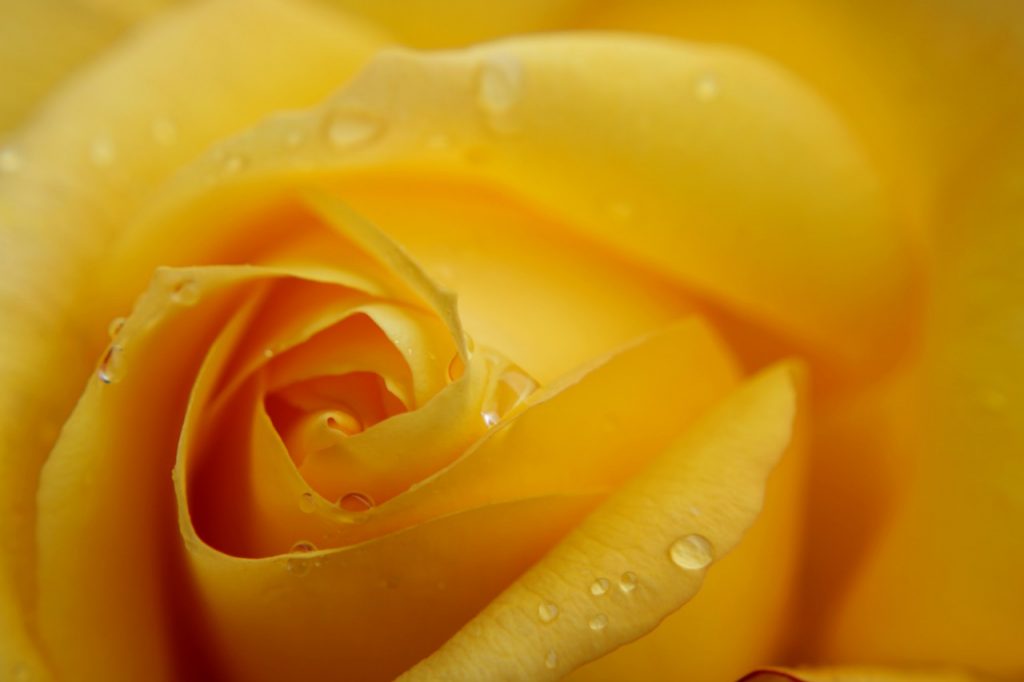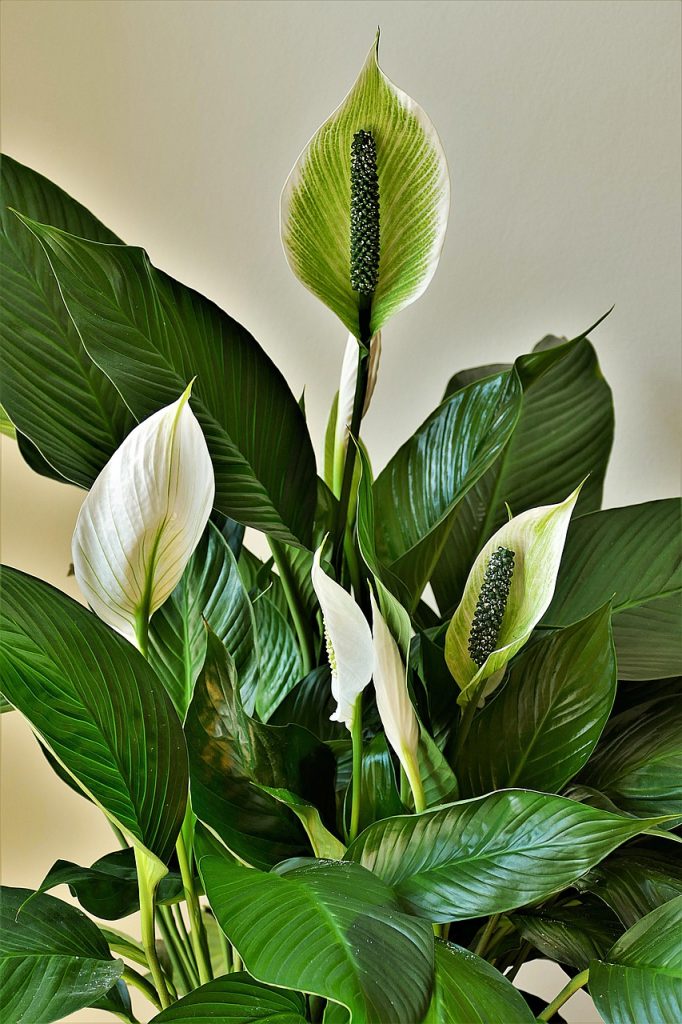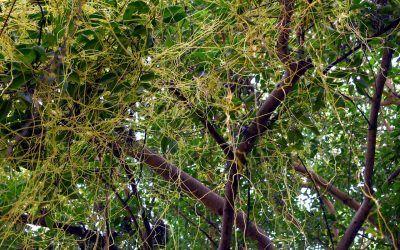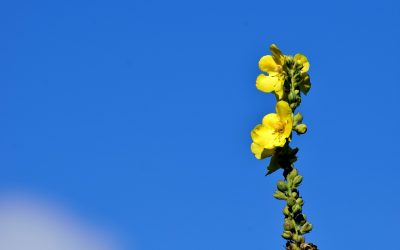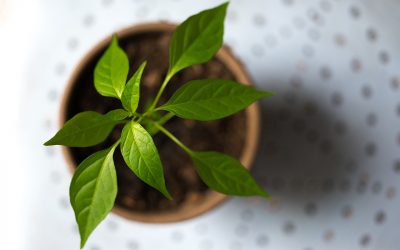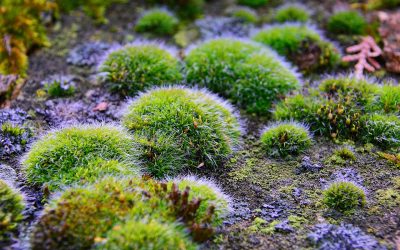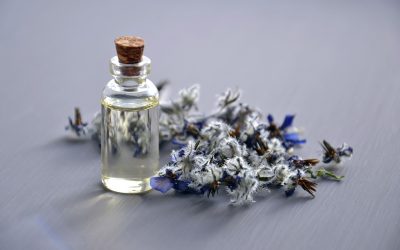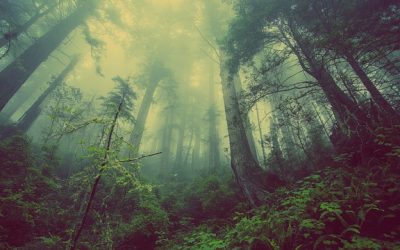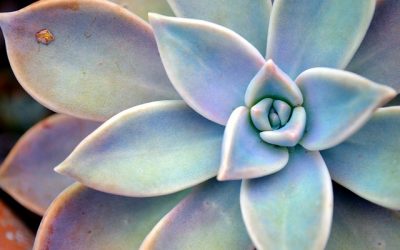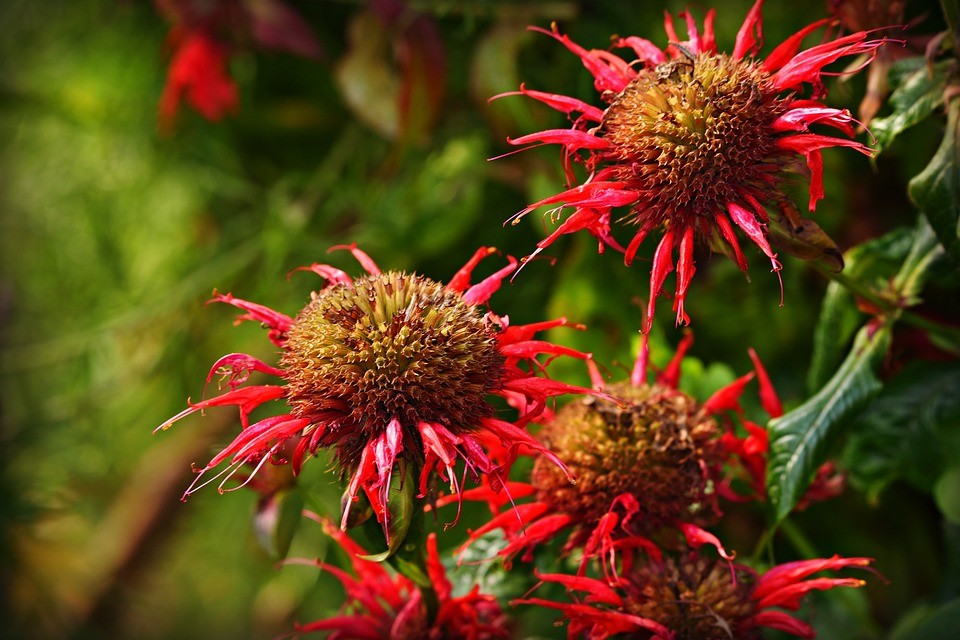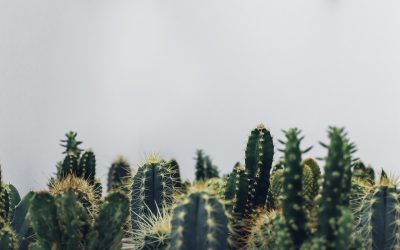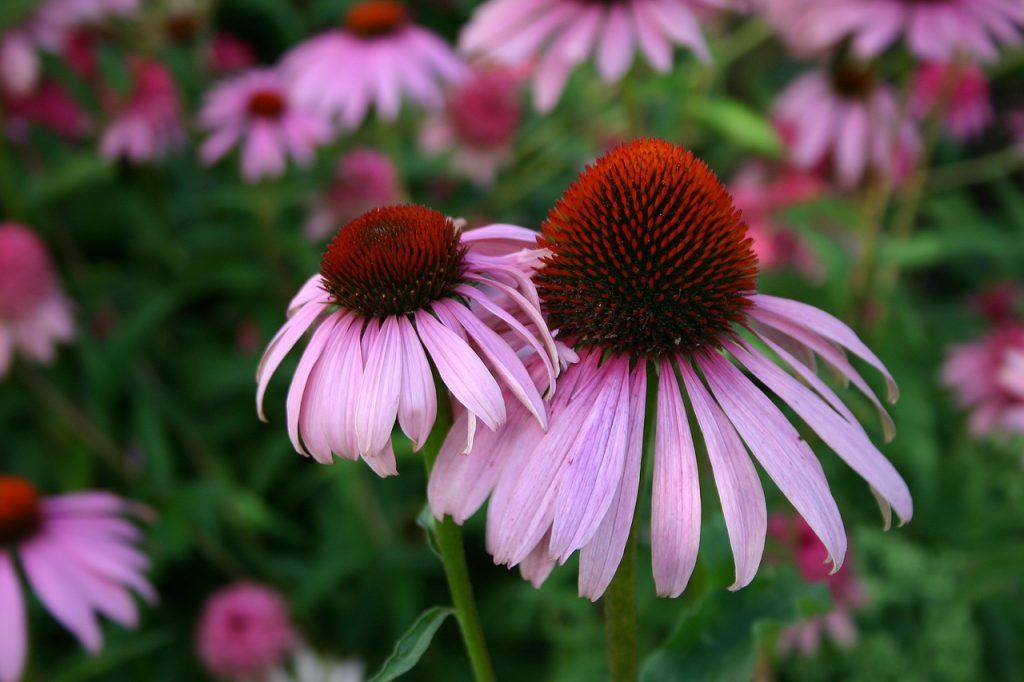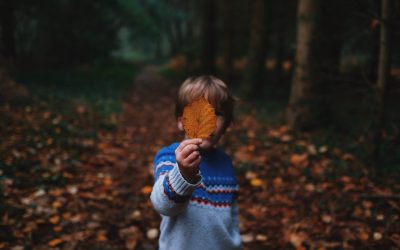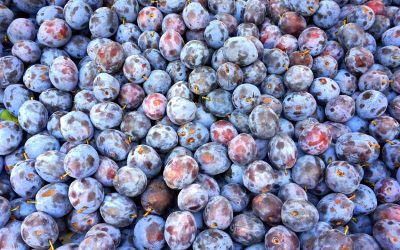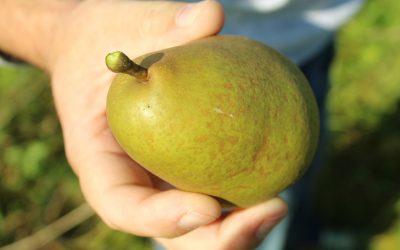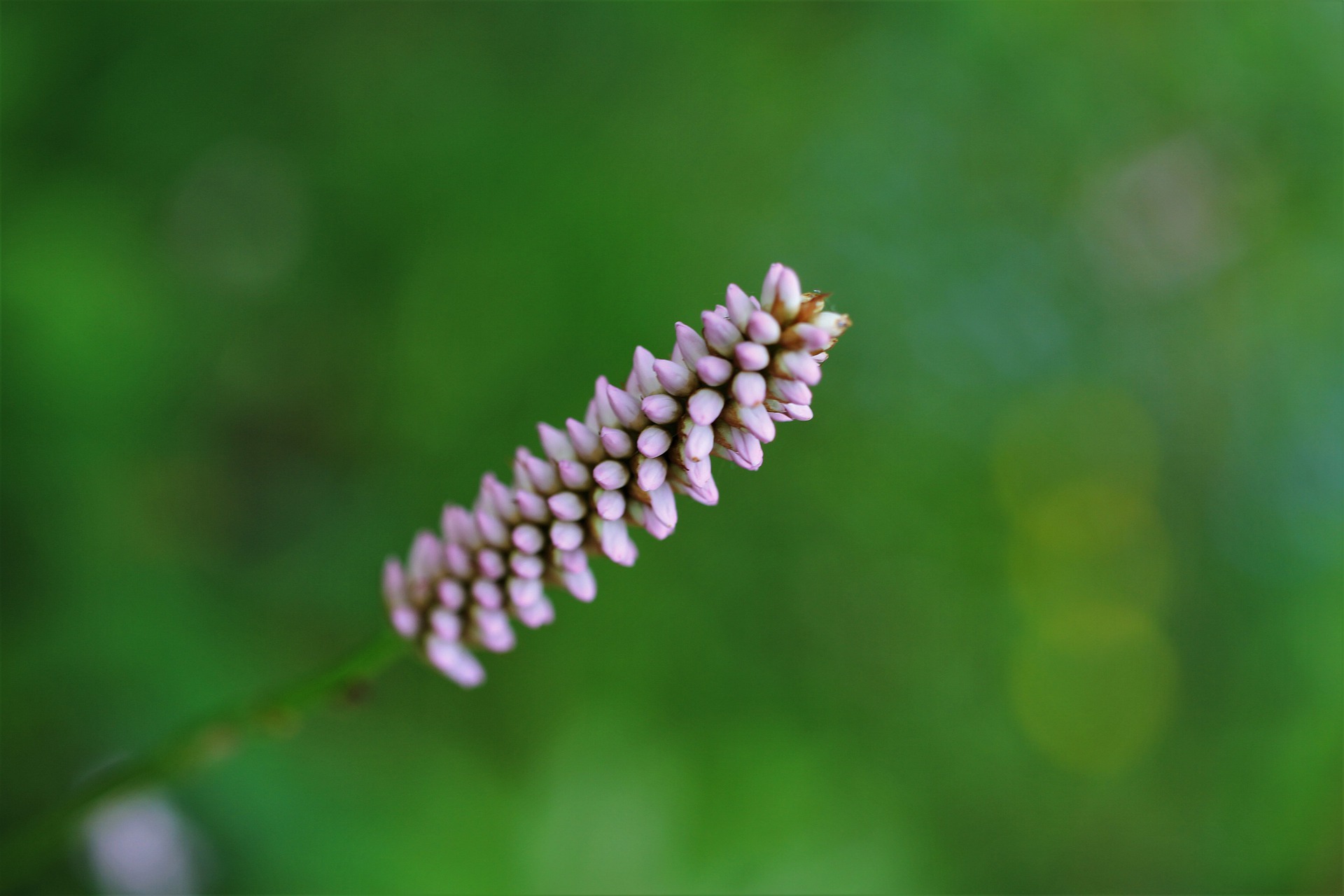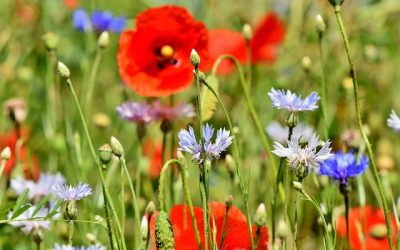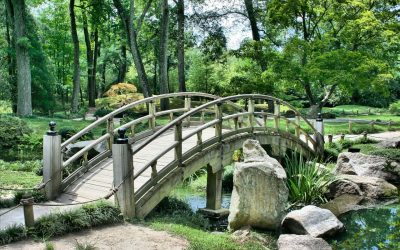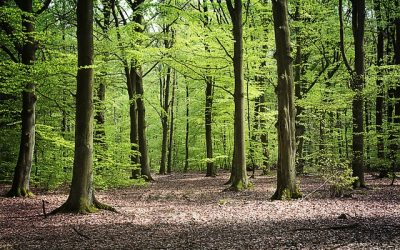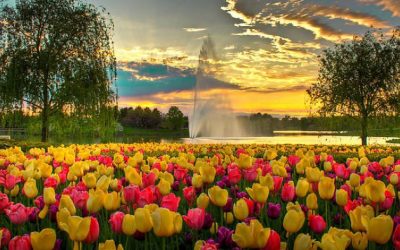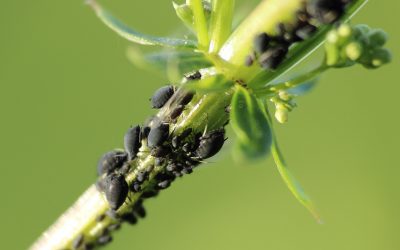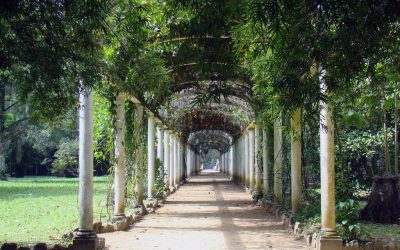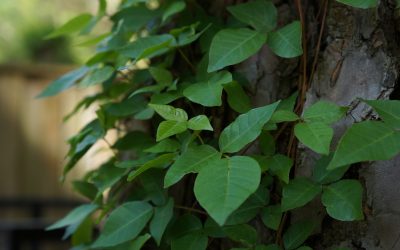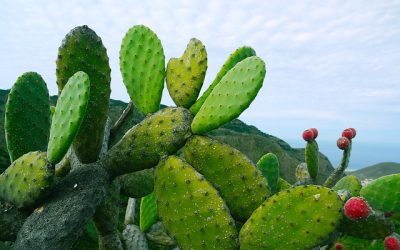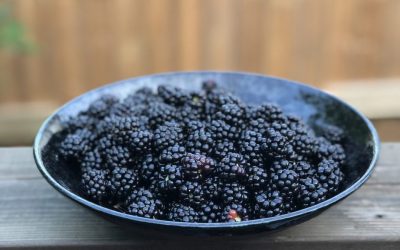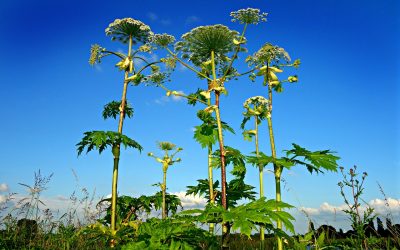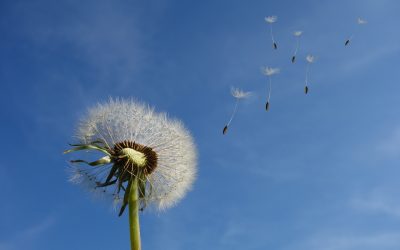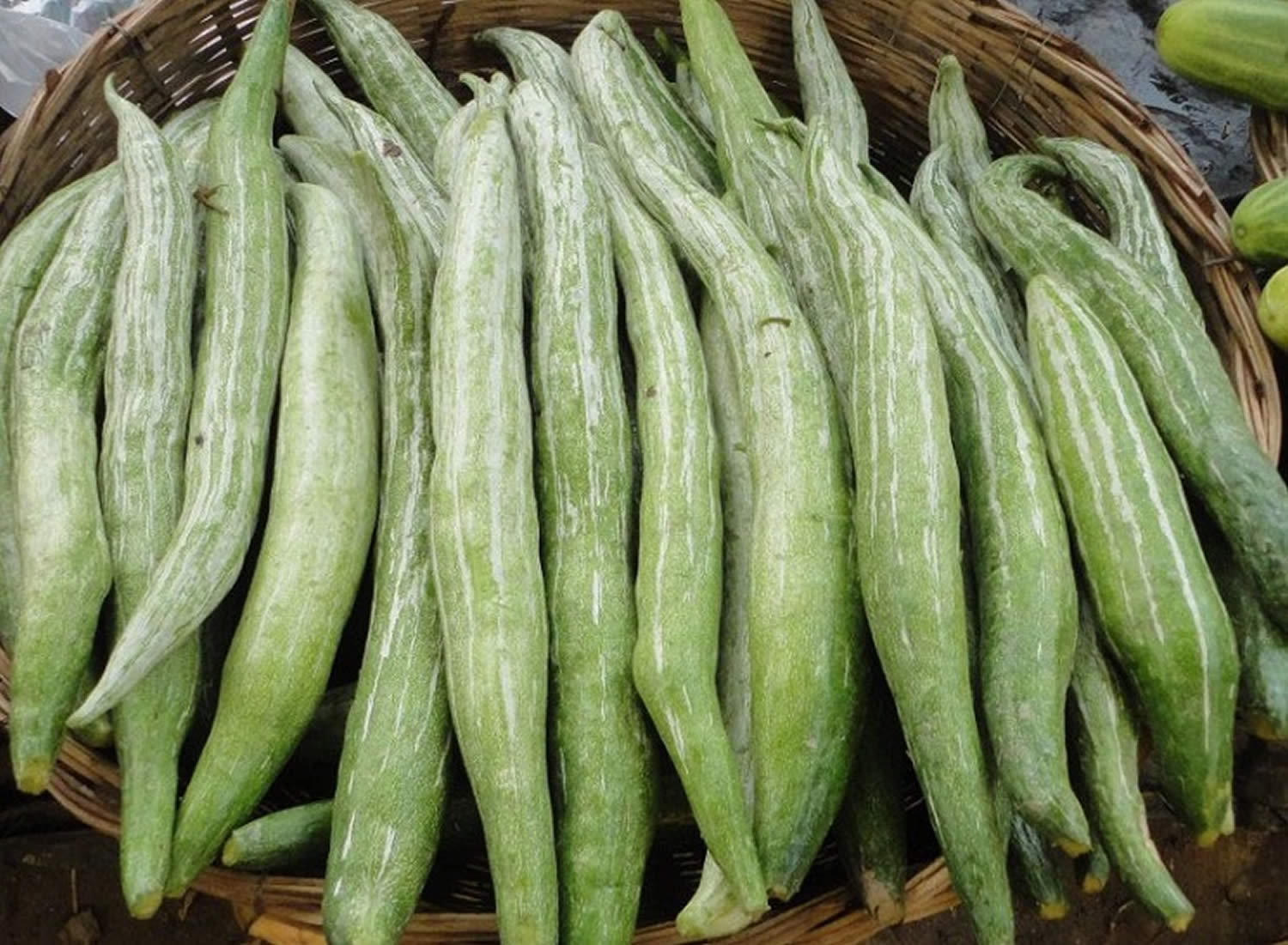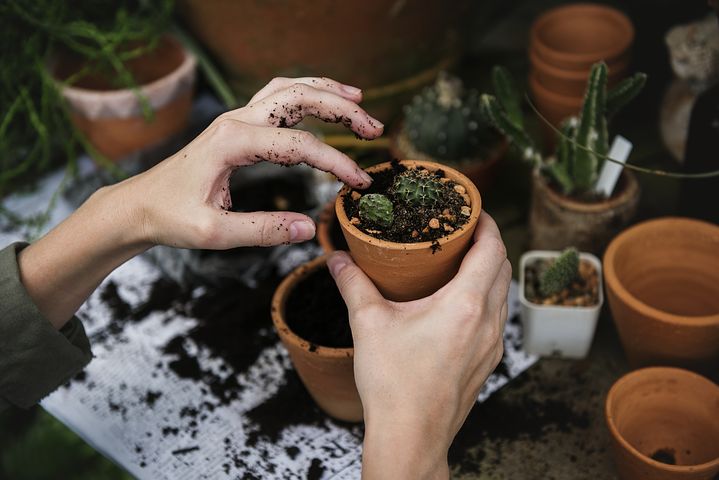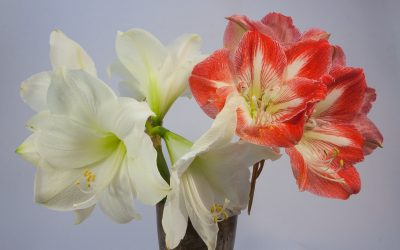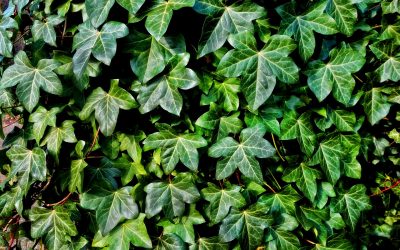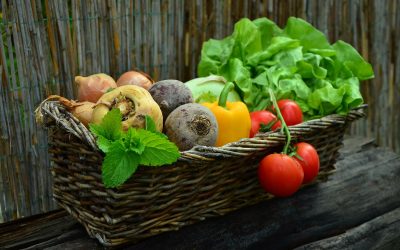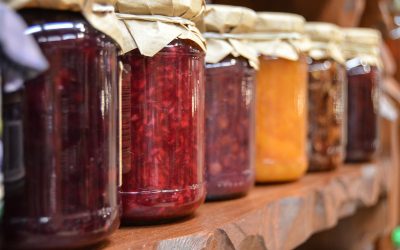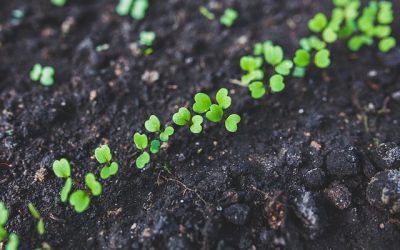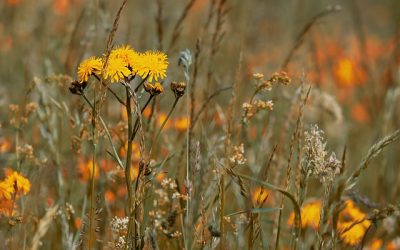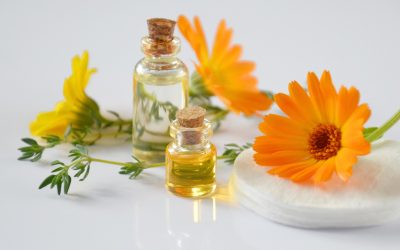Blog
Helpful Tips for Tree Leaf Identification
Just like how knowing the names of neighbors makes you feel part of a community, identifying the trees in your yard or on nature hikes can similarly make you feel more connected to your local landscapes. But how do you start identifying trees? Botanists use everything...
Easy-to-Understand Angiosperm Lifecycle Example
Angiosperm lifecycles - sounds a bit intimidating if you’re not an aspiring biology teacher. No need to worry. Let’s break it down with some definitions and easy-to-understand examples. Before long, you might even become a neighborhood expert at spotting angiosperms...
Top Lemon Balm Uses
Lemon balm has been used as an herbal remedy for a variety of ailments for hundreds of years. It was first utilized around central Europe and the Middle East several millennia ago. Since then, its utilities have expanded to its inclusion in food, beverage, and more....
Intro Guide to Identifying Wild Berries
Eating wild berries while out on a walk or hike is a summer delight. These juicy treats quench thirst on hot days, can be baked into decadent pies, and are packed with healthy vitamins and antioxidants. If you want to dive into foraging, there is no better place to...
Ginger Root Uses
Ginger is a beloved plant and trusted ally in any healer or chef’s toolkit. A flowering plant native to China, ginger root has been used in traditional medicine for thousands of years. It is packed with powerful compounds and nutrients that help both your body and...
Top Yarrow Uses (and Where to Find It)
Yarrow, among sage, lavender, and echinacea, is one of the most useful herbs in the northern hemisphere. This plant is something of a shapeshifter- able to grow in mountains and deserts and more urban areas like highways and cities. It comes in all colors and packs...
How to Plant an Excellent Pollinator Garden
Whether you think of the charismatic fuzz of a bumblebee, the thrum of a hummingbird, or delectable treats from honeybees, the approximately 200,000 species of pollinators come in all shapes and sizes, and all have different habitat needs. That’s where a pollinator...
Coffee Grounds in Garden Care (How And Why To Use Them)
For many people, coffee is the best way to start the morning off right. But you may not realize that the coffee grounds you make each day can be a helpful addition to the garden. You can cleverly incorporate grounds into garden care in a variety of ways, helping your...
What Is a Borage Flower?
In fields around the world, often dotted along the edge of forests there is a large, brilliantly blue flower: the borage flower. This spectacular plant has amazed people from around the world for centuries. Its color and many uses make it an ideal crop. Today, let’s...
What Is Plant Blindness? How Is it Related to Climate Change?
What would you say this is a picture of? Obviously, it seems like the right answer is a bison. The bison is front and center. It is the most engaging object in the photo. Notice, however, that the bison is a very small part of the photo. In fact, it...
How To Visit a Plant Nursery Like a Pro
So you’re ready to invest in some plants! That’s an exciting place to be and there are endless directions to go. Whether you are starting a brand new garden, filling in a balcony pot, or adding to last year’s landscaping efforts, it’s probably time to head to a...
Most Popular Cactus Trees
Whether you’re interested in cacti for their historical, religious, and medicinal aspects, or simply looking for a low-maintenance house plant to set on your windowsill, there is plenty to learn from this strange and spiky plant. While some species of cacti grow tall...
Are Crabapples Edible? Are They Really Apples?
We've all sunken our teeth into a tiny crabapple, hoping it would be tasty. Then, almost always, it is a nasty, sour experience that we don't want to repeat. Can something that intensely puckering be healthy for humans to eat? In fact, the Old English word 'crabbe'...
Why Do People Love the Rose Flower?
The rose flower: poets write of it, lovers smell bouquets, gardeners grow it. Arguably the most famous flower in popular culture, roses are displayed on street corners, in artwork, on clothing, and placed carefully in a vase on the kitchen table. The presence of roses...
The Ultimate Guide to Peace Lily Care
Peace lilies are wonderful house plants for anyone. From beginners with no experience to people with enough plants to stock a nursery, peace lilies deserve a space in your home. First of all, they are one of the best indoor air cleaning plants. Studies by NASA have...
How a Parasitic Plant Hacks the Genes of its Host
Plants are a lot more devious than we once thought. Scientists recently discovered that Dodder, a problematic parasitic plant that causes millions of dollars of damage each year to crops, can basically hack into its host’s genes. You read that right. A parasitic plant...
How to Find, Use, and Identify Common Sacred Plants
Almost every culture and religion out there make use of sacred plants. People revere these sacred plants for their medicinal qualities, culinary use, healing power, or cultural purposes. Learning about the history and culture of plants is part of the study of...
Can We Measure Plant Intelligence? Science Tackles a Question We Didn’t Know We Should Ask.
Humans are pretty biased when it comes to evaluating the intelligence of other species. We only recently admitted that our closest relatives use tools. Many people still struggle to understand that other species can feel many emotions and even have culture. The more...
How Moss Removes Arsenic from Water
Scientists in Sweden just discovered a species of moss removes arsenic from water, taking the usefulness of plants up a few notches in my book. While it’s old news that plants turn carbon dioxide into oxygen, arsenic removal from a plant is really uncommon. ...
Ethnobotany Lets You Explore Useful Plants, History, and Culture All at Once
As children, we’re all interested in ethnobotany. We point at vegetables and ask where they came from, we put flowers into our mouths and make play of poultice making. For many, that curiosity fades later in life. Field botany textbooks can be cumbersome, and learning...
The Ultimate Guide to Plant Identification with PlantSnap
A plant identification app makes it easier than ever to learn about the natural world. With a plant identifier app like PlantSnap, you can identify plants in your garden, along a hike, or for classroom activities. PlantSnap is the #1 plant identification app using...
How to Identify Succulents with an App
Ok, we get it. Pintrest (and the rest of the internet) loves succulents. Whether you’re just catching onto the trend now, or you’ve been building succulent terrariums since before it was cool, you probably would like to know exactly what is in your succulent garden....
What’s Growing in Your Garden? How to ID Plants by Photo
In some ways, identifying plants that grow in your garden is harder than identifying plants out in the wild. Knowing what’s growing in your garden will help you care for it better. Whether you need help because you forgot to label your plants or you purchased a home...
Introduction to Classroom Cactus Identification: Ideas for Educators
Teaching a class to recognize cacti is a great intro to the natural world -- cacti are fascinating, and relatively easy to find if you’re in their neck of the woods. Cacti can also be surprisingly challenging to recognize, especially if you have a lot of species near...
What Is This Flower? A Guide to Learning to Identify Plants
“What is this flower?” You ask, pointing towards a bright pink bud that appeared in your neighbor’s garden. Or perhaps you’re looking at a small blue flower during a hike along a river. Learning plant identification is easier than ever, and it's especially true with...
How to Use PlantSnap as an Educational Tree Identification Tool
Teaching students to identify trees is a great introduction to the natural world -- trees are big, imposing, and easy to find. Trees can also be surprisingly difficult to identify, especially if you have a lot of coniferous (evergreen) trees in your area. An...
Why PlantSnap’s Flower Identification is a Perfect Educational Tool
Learning how to identify flowers is one of the easiest (and prettiest) ways to get kids interested in nature. Given how busy teachers are, it’s always nice to learn about a new educational tool to help engage students in the classroom. It’s even better when the tool...
Learn How PlantSnap is Shazam for Plants
With nearly 400,000 species of plants on the planet, it’s hard to feel confident learning to identify plants. Even if you can learn to identify the wildflowers in your area, there are garden flowers and invasive plants to worry about. It’s all really overwhelming. It...
Seven Benefits of Eating Wild Plants
Eating organic and local produce is a noble goal - but can be financially or logistically difficult in many areas. Eating wild plants can reduce the financial burden of organic foods while giving you many of the same benefits - and more. As we discussed in our article...
The Seven Rules for Foraging for Wild Foods
The more you learn about the wild plants around you, the more you realize that foraging for wild foods is possible even in suburban environments. Look around you. The dandelion greens are great for tea while the thistle leaves are a delicious salad topping. Wild...
What Are Invasive Plants and Why Are They Bad?
The term “invasive plants” brings to mind a small army of green shoots, marching towards the forest to wreak havoc, a la Fern Gully. If that’s what you think of, you’re not all that far off. Invasive plants are one of the harder aspects of human influence on the world...
A Guide to Garden Flower Identification
It’s exciting to watch new shoots pop up in springtime and new blooms emerge. But what is growing in your garden? Maybe you just moved in and have no idea what the last owner planted in your garden. Or perhaps you’re forgetful (like me) and just can’t remember what...
How to Enjoy Botanical Gardens
Botanical gardens can be a beautiful, quiet activity almost any time of year, but it takes a bit of preparation to fully enjoy botanical gardens. Botanical gardens are a great place to learn about flower and tree identification, local sacred plants, and rare plants....
Why Tree Identification Is Easier Than Ever
Tree identification can be a fun way to learn more about the plants around you. It also can be frustrating and cumbersome thanks to the world’s incredible array of plant species. On top of that, field guides can be a pain to carry around, and aren’t always...
How to Find, Use, and Identify Common Sacred Plants
Almost every culture and religion out there make use of sacred plants. People revere these sacred plants for their medicinal qualities, culinary use, healing power, or cultural purposes. Learning about the history and culture of plants is part of the study of...
The Best Botanical Gardens in North America
The best botanical gardens in North America might be closer to you than you think. These verdant parks can be found from Brooklyn to British Columbia, and they’re a great way to spend an afternoon. Whether you’re the sort to plan your next vacation around the best...
How to Identify, Remove, and Prevent Aphids on Plants
Aphids on plants are common problems for indoor and outdoor plants alike. These small, pear-shaped bugs particularly like to congregate on new growth. Here’s how to identify, control, and prevent aphids on plants. IDENTIFY NEW PLANTS WITH PLANTSNAP We produced a whole...
The Best Botanical Gardens of Central and South America
The botanical gardens of Central and South America are a great way to enjoy the natural beauty of this region's rainforests. Getting out to enjoy the sun and learn about the local flora is a great way to get to know the area that you’re visiting. Plant lovers will...
How to Identify, Remove, and Treat Poison Ivy
Poison ivy is a well-known plant that’s common in the undergrowth of North America. With characteristic triads of leaves, it seems like it should be easy to identify poison ivy. However, there are several subspecies or varieties of poison ivy that make identification...
9 Common Edible Plants You Probably Walk Past Every Week
Oh, sure, we all know about apples, blackberries, and dandelions. But what if you want to branch out a bit when foraging? There are all sorts of edible plants common to North America. Chances are, you probably walk past some of these common edible plants every week!...
A Slightly Obsessive Guide to the Blackberries of the World
During a recent hike in Olympic National Park, I saw some strange berries - like blackberries, but pink. Confused, I pointed them out to my boyfriend and he explained they were salmonberries (scroll to "North American Blackberry Species" to see a photo). I definitely...
The Forager’s Guide to Plant Identification
Late summer and early fall is peak harvest. Driving around the countryside, you’ll see countless roadside stands for berries, then apples, then pumpkins. Foraging for wild food allows you to get the joy of eating ultra-local without waiting around for the farms to...
How to Identify Giant Hogweed, the Plant That Can Cause Severe Burns and Blisters
Giant hogweed is a plant that can cause severe burns and blisters. Its pretty looks earned it a spot as an ornamental plant through the 1800s, leading to its spread from its native Eurasia to Europe and North America. Giant hogweed is now a bona fide invasive species,...
The Life Cycle of a Plant: Explore a Basic Graphic and a Detailed Explanation
Most kids find that the life cycle of a plant is easiest to understand with a simple graphic. We created an easy guide to the life cycle of a plant specifically for kids. This explanation of the life cycle of a plant is specific to flowering plants - which includes...
12 Camping Activities to Try Next Time You’re on a Trip
Camping is a great way to get in touch with nature, bond with family or teammates, and learn about the natural world. If you don’t have camping activities planned in advance, it’s easy for this relaxing time to turn into boredom. Having a go-to-list of camping...
The Ultimate Guide to Plant Identification with PlantSnap
A plant identification app makes it easier than ever to learn about the natural world. With a plant identifier app like PlantSnap, you can identify plants in your garden, along a hike, or for classroom activities. PlantSnap is the #1 plant identification app using...
Dog Safe Plants and How to Make a Dog-Friendly Garden
If you love both dogs and gardening, you probably have already asked yourself: are there dog safe plants out there? Given some dog’s propensity to much on leaves and sniff around in the dirt, you might even want to take it a step further: creating a dog-friendly...
What’s Growing in Your Garden? How to ID Plants by Photo
In some ways, identifying plants that grow in your garden is harder than identifying plants out in the wild. Knowing what’s growing in your garden will help you care for it better. Whether you need help because you forgot to label your plants or you purchased a home...
Introduction to Classroom Cactus Identification: Ideas for Educators
Teaching a class to recognize cacti is a great intro to the natural world -- cacti are fascinating, and relatively easy to find if you’re in their neck of the woods. Cacti can also be surprisingly challenging to recognize, especially if you have a lot of species near...
How to Use PlantSnap as an Educational Tree Identification Tool
Teaching students to identify trees is a great introduction to the natural world -- trees are big, imposing, and easy to find. Trees can also be surprisingly difficult to identify, especially if you have a lot of coniferous (evergreen) trees in your area. An...
No Results Found
The page you requested could not be found. Try refining your search, or use the navigation above to locate the post.
Low-Light Houseplants That Will Survive Your Dark Office Cubicle
A few low-light houseplants can turn a bare, sterile space into one that’s much more inviting. Indoor plants improve concentration and can relieve stress. Just looking at a plant every so often can help you focus. Plants even filter out toxins and release fresh...
No Results Found
The page you requested could not be found. Try refining your search, or use the navigation above to locate the post.
The Ultimate Guide to Plant Identification with PlantSnap
A plant identification app makes it easier than ever to learn about the natural world. With a plant identifier app like PlantSnap, you can identify plants in your garden, along a hike, or for classroom activities. PlantSnap is the #1 plant identification app using...
How to Identify Succulents with an App
Ok, we get it. Pintrest (and the rest of the internet) loves succulents. Whether you’re just catching onto the trend now, or you’ve been building succulent terrariums since before it was cool, you probably would like to know exactly what is in your succulent garden....
What’s Growing in Your Garden? How to ID Plants by Photo
In some ways, identifying plants that grow in your garden is harder than identifying plants out in the wild. Knowing what’s growing in your garden will help you care for it better. Whether you need help because you forgot to label your plants or you purchased a home...
Introduction to Classroom Cactus Identification: Ideas for Educators
Teaching a class to recognize cacti is a great intro to the natural world -- cacti are fascinating, and relatively easy to find if you’re in their neck of the woods. Cacti can also be surprisingly challenging to recognize, especially if you have a lot of species near...
What Is This Flower? A Guide to Learning to Identify Plants
“What is this flower?” You ask, pointing towards a bright pink bud that appeared in your neighbor’s garden. Or perhaps you’re looking at a small blue flower during a hike along a river. Learning plant identification is easier than ever, and it's especially true with...
How to Use PlantSnap as an Educational Tree Identification Tool
Teaching students to identify trees is a great introduction to the natural world -- trees are big, imposing, and easy to find. Trees can also be surprisingly difficult to identify, especially if you have a lot of coniferous (evergreen) trees in your area. An...
Why PlantSnap’s Flower Identification is a Perfect Educational Tool
Learning how to identify flowers is one of the easiest (and prettiest) ways to get kids interested in nature. Given how busy teachers are, it’s always nice to learn about a new educational tool to help engage students in the classroom. It’s even better when the tool...
Learn How PlantSnap is Shazam for Plants
With nearly 400,000 species of plants on the planet, it’s hard to feel confident learning to identify plants. Even if you can learn to identify the wildflowers in your area, there are garden flowers and invasive plants to worry about. It’s all really overwhelming. It...
Seven Benefits of Eating Wild Plants
Eating organic and local produce is a noble goal - but can be financially or logistically difficult in many areas. Eating wild plants can reduce the financial burden of organic foods while giving you many of the same benefits - and more. As we discussed in our article...
The Seven Rules for Foraging for Wild Foods
The more you learn about the wild plants around you, the more you realize that foraging for wild foods is possible even in suburban environments. Look around you. The dandelion greens are great for tea while the thistle leaves are a delicious salad topping. Wild...
What Are Invasive Plants and Why Are They Bad?
The term “invasive plants” brings to mind a small army of green shoots, marching towards the forest to wreak havoc, a la Fern Gully. If that’s what you think of, you’re not all that far off. Invasive plants are one of the harder aspects of human influence on the world...
A Guide to Garden Flower Identification
It’s exciting to watch new shoots pop up in springtime and new blooms emerge. But what is growing in your garden? Maybe you just moved in and have no idea what the last owner planted in your garden. Or perhaps you’re forgetful (like me) and just can’t remember what...
How to Enjoy Botanical Gardens
Botanical gardens can be a beautiful, quiet activity almost any time of year, but it takes a bit of preparation to fully enjoy botanical gardens. Botanical gardens are a great place to learn about flower and tree identification, local sacred plants, and rare plants....
Why Tree Identification Is Easier Than Ever
Tree identification can be a fun way to learn more about the plants around you. It also can be frustrating and cumbersome thanks to the world’s incredible array of plant species. On top of that, field guides can be a pain to carry around, and aren’t always...
How to Find, Use, and Identify Common Sacred Plants
Almost every culture and religion out there make use of sacred plants. People revere these sacred plants for their medicinal qualities, culinary use, healing power, or cultural purposes. Learning about the history and culture of plants is part of the study of...
Guide to Growing Snake Gourds (and the Best Recipes for Them)
Image by Health Jade Snake gourds might be the most distinctive and delicious crop most home gardeners have never heard of. Getting its name from the serpentine growth habit, this long, slender squash is a great choice for gardeners and home chefs who are...
Cool Examples of Moss Graffiti and Plant Art
The hustle and bustle of the city can be contagious. Everyone’s got somewhere to be, something to do, and people move quickly along the streets and avenues lined with multi-story buildings, apartment complexes and neighborhood shops. But nearby, many cities...
Cuttings: The Magical Way to Grow Plants
Fall is here! The sweaters are warm! The pumpkins are spiced! And leaves are falling from their trees! While many regular gardening activities are winding down, it is the perfect time to begin starting new plants from cuttings. Many of the plants you see every day...
Enjoy These Nine Gorgeous Decorative Christmas Plants: Classic to Chic
As the snow starts to fall across the northern U.S., you may be ready to bring some greenery into your life. Festive plants will help you get into the holiday spirit and stave off seasonal depression during the winter months. If you’re not ready to put up your...
18 Plants You Can Grow from Table Scraps (With Instructions)
Composting leftover food is great and all, but what if you could make more food come from your table scraps? This isn’t the stuff of dreams for starving college students - it’s real. You can grow plants from table scraps. It's nice to know where your food comes from...
The Best Houseplants for Seasonal Depression – And How Plants Help
As the days get shorter and the sunlight gets weaker, roughly one in five Americans may suffer from a form of seasonal depression or the winter blues. Bringing houseplants into your home and office can help reduce stress, increase oxygen levels, and boost your mood....
Here are 7 Things to Do With Your Extra Garden Veggies: From Pickling to Potlucks
As you’re digging up the 10,000th spud or trimming the millionth cucumber (didn’t you only plant two of those?), you might be wondering what to do with all of your extra veggies. While most gardeners are certainly happier to have surplus produce than to have an empty...
A Guide to Jams, Jellies, and Preserves: From Apples to Peaches
It’s that time of year - pumpkin spice lattes are all over everything, leaves are turning colors, and… you’re drowning in extra fruits and berries that you need to find a way to preserve. Or is that just me? While you might want to make jams or jellies year ‘round (I...
Planning a Last Minute Winter Vegetable Garden
As the summer growing season slows and leaves begin to turn, it’s nice to start thinking about all of the vegetables and greens that you can keep eating fresh all through the winter. Here are some tips to prepare your last minute winter vegetable garden! While the...
A Slightly Obsessive Guide to the Blackberries of the World
During a recent hike in Olympic National Park, I saw some strange berries - like blackberries, but pink. Confused, I pointed them out to my boyfriend and he explained they were salmonberries (scroll to "North American Blackberry Species" to see a photo). I definitely...
Seven Benefits of Eating Wild Plants
Eating organic and local produce is a noble goal - but can be financially or logistically difficult in many areas. Eating wild plants can reduce the financial burden of organic foods while giving you many of the same benefits - and more. As we discussed in our article...
The Seven Rules for Foraging for Wild Foods
The more you learn about the wild plants around you, the more you realize that foraging for wild foods is possible even in suburban environments. Look around you. The dandelion greens are great for tea while the thistle leaves are a delicious salad topping. Wild...
Seed Banks During Drought: How Plants Save During a Recession
California wildflowers build seed banks during drought the same way a prudent employee saves money during a recession. According to a study published in Ecology in March of 2018, California’s wildflowers increased seed production over 200% during the 2012-2015...
How to Grow a Medicinal Garden
Growing a garden is a fun and rewarding pastime. Cultivating medicinal garden plants takes your backyard dirt patch to a whole new level. Luckily, it’s easy to plan a medicinal garden that’s both lovely and useful. Many common garden plants have medicinal qualities....
How to Find, Use, and Identify Common Sacred Plants
Almost every culture and religion out there make use of sacred plants. People revere these sacred plants for their medicinal qualities, culinary use, healing power, or cultural purposes. Learning about the history and culture of plants is part of the study of...
